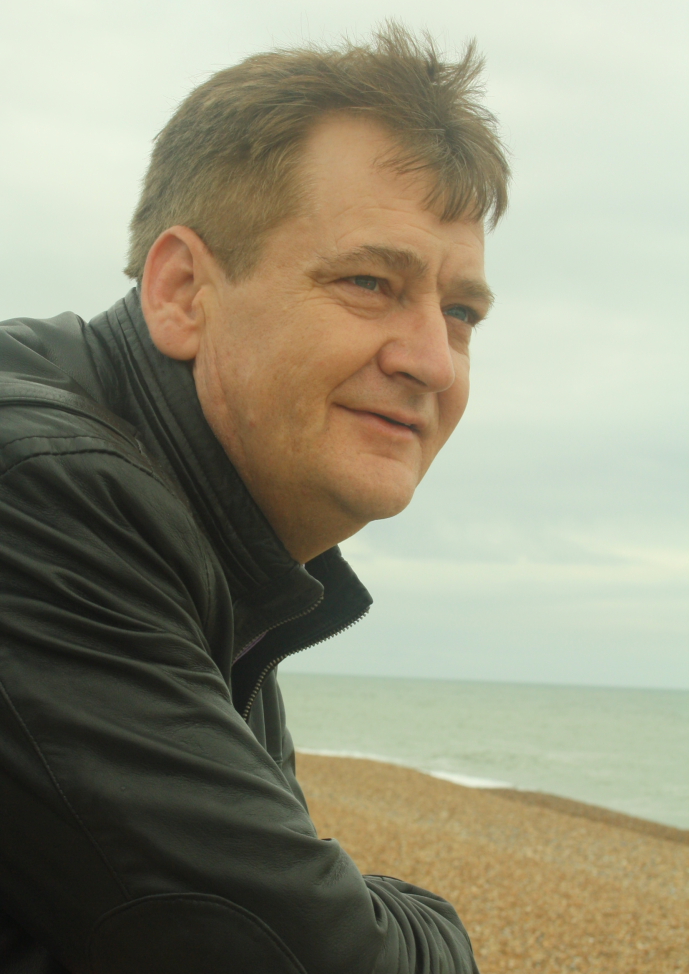Southover Church, Lewes, Saturday 23 September 2017
As a contemporary composer, Peter Copley has a wonderful knack of creating music which is immediately accessible and yet has hidden depths which demand to be explored. His most recent composition – a double concerto for two violins and strings – was given its premiere performance at the start of the Musicians of All Saints new season, alongside works by Elgar, Holst and Mozart, and I have no hesitation in saying it was perfectly at home in this company.
Before the concert commenced he spoke about his approach to the work and in particular his interest in the baroque. While many composers have used earlier music as a basis for their own compositions there is always the danger of pastiche. Peter Copley avoids this by using the structures, one might say the grammar, of the baroque while applying to it a contemporary vocabulary. Skimming the score visually, it could be by Couperin, Bach or Purcell, but a closer look reveals a more challenging harmonic structure and melodic lines which could only have been written since the late twentieth century. The frisson was telling and superbly caught by the two solo violinists, Jenny Sacha and Laura Stanford, who threw themselves into the whirlpool of sound which emerges from the outer movements. Between these is a superb Largo, its faint hints of the Bach double violin concerto just there in the background while the melodic overtones seem to lean towards Rachmaninov. In so many ways it should not work – but it really does.
I very much hope to hear it again soon – and better still that others will be encouraged to take it up, to the profound enjoyment of both players and audience.
Conducting the Musicians of All Saints, Andrew Sherwood had put together a well-balanced programme opening with Elgar’s Serenade for Strings, with its hushed, translucent slow movement gently filling the church with its warmth. Holst is to be the featured composer throughout this series, with lesser known chamber works in every concert. The first brought us the more familiar St Paul’s Suite which seemed almost too loud after the Elgar but also brought some very well judged crescendos and changes in dynamic impact.
Mozart’s Divertimento in F major K138 was the only work which seemed slightly out of place amidst all the English music surrounding it. If the slow movement had an over-serious intensity, the finale smiled on us. This was a splendid start in a very fine venue.
The next concert in the series is on Saturday 11 November in St Michael’s, Lewes, with works by Holst, Mozart, Dvorak and Haydn.

